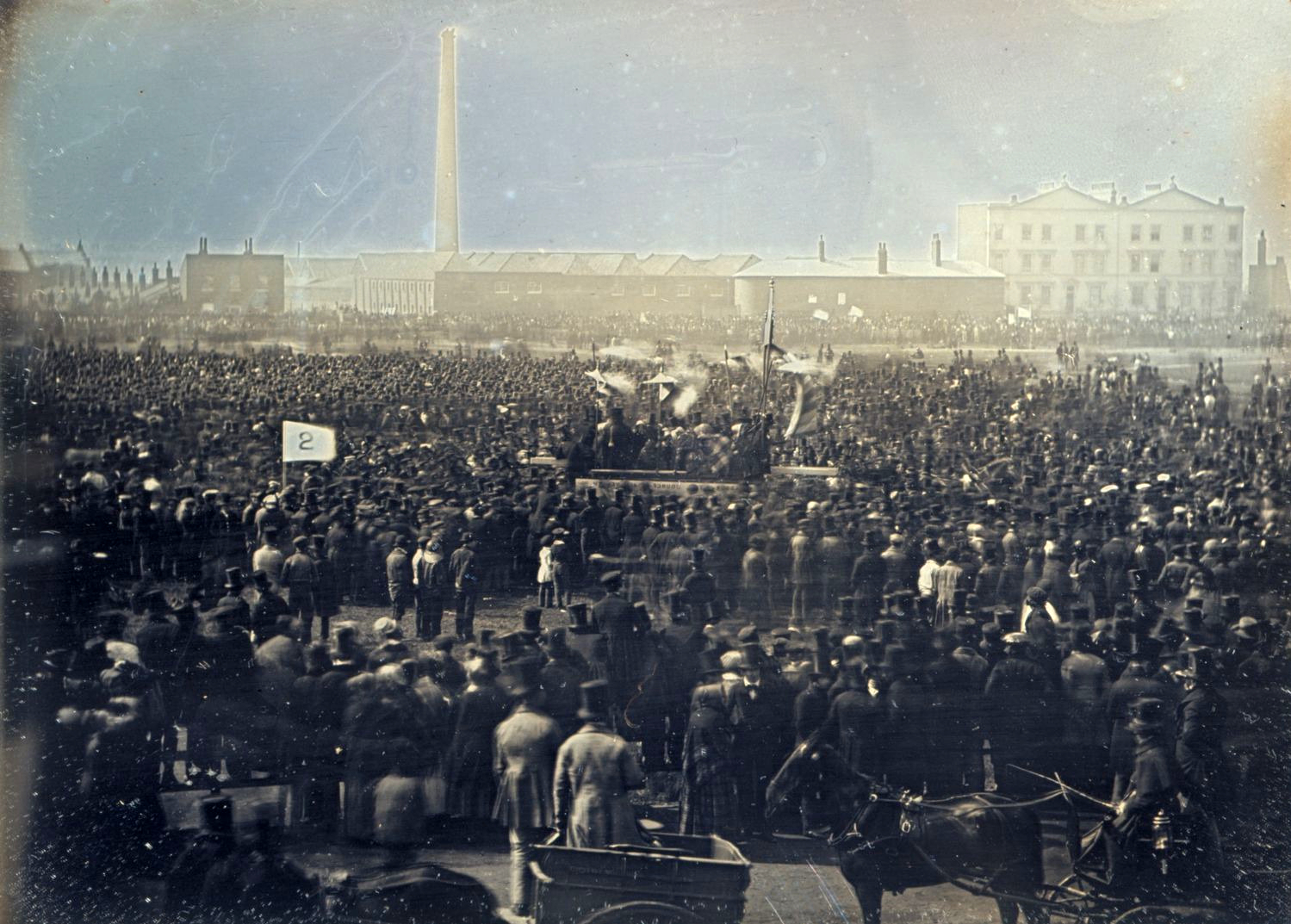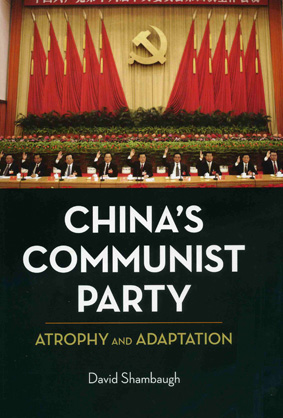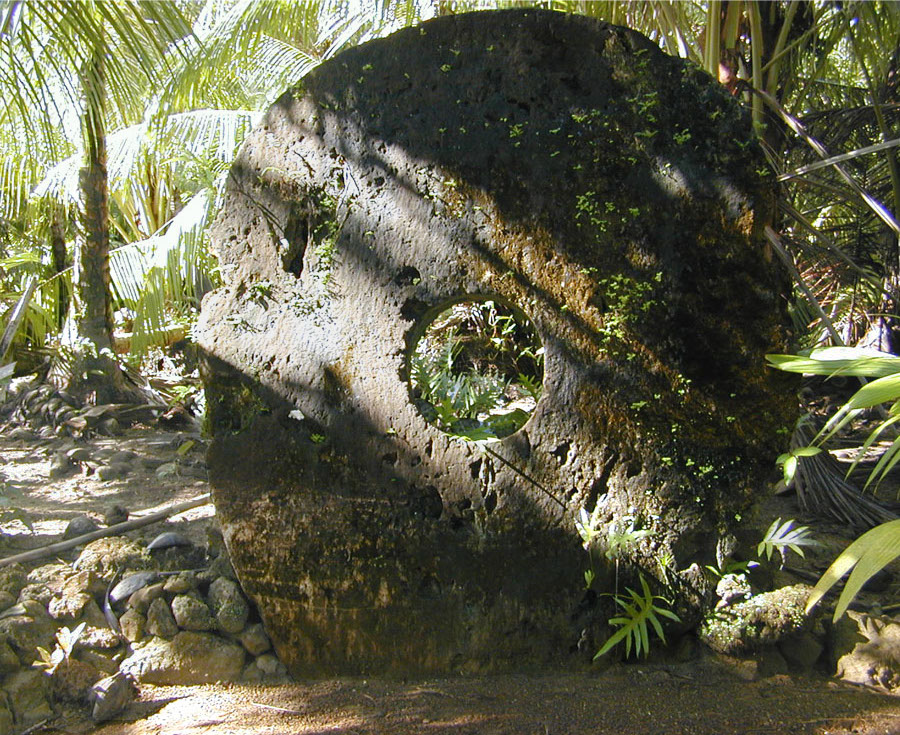Governing China: From Revolution to Reform (Second Edition), By Kenneth Lieberthal, 2003. Purchase at B&N.com |
Purchase at Amazon.com
Because I am feeling lazy right now here is a review by Reed Business Information:
In the past decade, China's dramatic economic growth has captured the world's attention. But there is still lingering uncertainty about its future, emerging from the inconsistencies of China's current political situation. The long history of periodic political turmoil has revealed some fundamental and inherent weaknesses of the Chinese political system. Lieberthal, an experienced China scholar, provides a systematic approach toward an understanding of the complex governing organizations of China from its imperial past, through the 20th-century revolutions, both Nationalist and Communist, until the current regime. Unlike many other China experts, Lieberthal doesn't make any predictions. Through a close look at the largest bureaucratic structures, the actual allocations of power in front and behind the organizational facade, he illuminates the difficult issues and challenges facing contemporary China. Highly recommended.?Mark Meng, St. John's Univ. Lib., New York
Copyright 1995 Reed Business Information, Inc.
--This text refers to an out of print or unavailable edition of this title.
 What Does China Think?, By Mark Leonard, published by Fourth Estate, 2008. Purchase at B&N.com
What Does China Think?, By Mark Leonard, published by Fourth Estate, 2008. Purchase at B&N.com |
Purchase at Amazon.com
This delightfully short and concise book (only 164 pages long) gives the reader a fascinating insight into how policy makers and interlectuals in China see the world in which they will play an ever increasing role in shaping in the future. I was particularly delighted to see one of my own professors from Tsinghua Unviersity,
Cui Zhiyuan, featured in the book. The author, Mark Leonard, is one of the most important and influential on British and European foreign policy.
 The Party: The Secret World of China's Communist Rulers, By Richard Mcgregor, Harper, 2010. Purchase at B&N.com
The Party: The Secret World of China's Communist Rulers, By Richard Mcgregor, Harper, 2010. Purchase at B&N.com |
Purchase at Amazon.com
Mcgregor begins his well researched and revelatory book with a comparison between the Vatican and the Chinese Communist Party. Noting their shared cultures of impenetrability, secrecy, and pervasive influence.
is a journalist for the Financial Times. Mcgregor looks at the party's influence over China's economy, military and local governments. Describing a Leninist political system that is at odds with Western standards of management and transparency. He has highlighted the need for the party to evolve in an the context of the 1989 crackdown, globalization, and technological innovations; providing insight into how the party has and has not been able to adapt.
China's Communist Party: Atrophy and Adaptation, By David Shambaugh, University of California Press, 2009. Purchase at B&N.com |
Purchase at Amazon.com
Few issues affect the future of China--and hence all the nations that interact with China--more than the nature of its ruling party and government. In this timely study, David Shambaugh assesses the strengths and weaknesses, durability, adaptability, and potential longevity of China's Communist Party (CCP). He argues that although the CCP has been in a protracted state of atrophy, it has undertaken a number of adaptive measures aimed at reinventing itself and strengthening its rule. Shambaugh's investigation draws on a unique set of inner-Party documents and interviews, and he finds that China's Communist Party is resilient and will continue to retain its grip on power.
Copub: Woodrow Wilson Center Press
Personal note: I have it on good authority that this book is now banned in China. Having read this rather dry but penetrating and well researched book I can only conclude that it was most likely banned because it discusses too many uncomfortable truths and provides strong insight into the thinking behind much of the Communist party's decision making process. Conclusion, in this case a Chinese government ban is a vote of confidence in the book's authenticity and the power of its analysis. And if my source is wrong and it isn't banned, well it is still worth reading for anyone with a strong interest in post Cold-War Chinese Communist Party thinking.
- Douglas Scott
China's Political System: Modernization and Tradition, By June Teufel Dreyer, Longman Publishing Group; 8th Revised edition edition, 2011. Purchase at Amazon.com
"Dreyer provides a comprehensive and up-to-date survey of China's political, economic and social landscape. Rather than providing a static overview of existing institutions and processes, the author convincingly shows how the lasting struggle between external influence and China's own tradition underlies changes in China's political system."--Yi Edward Yang, James Madison University













